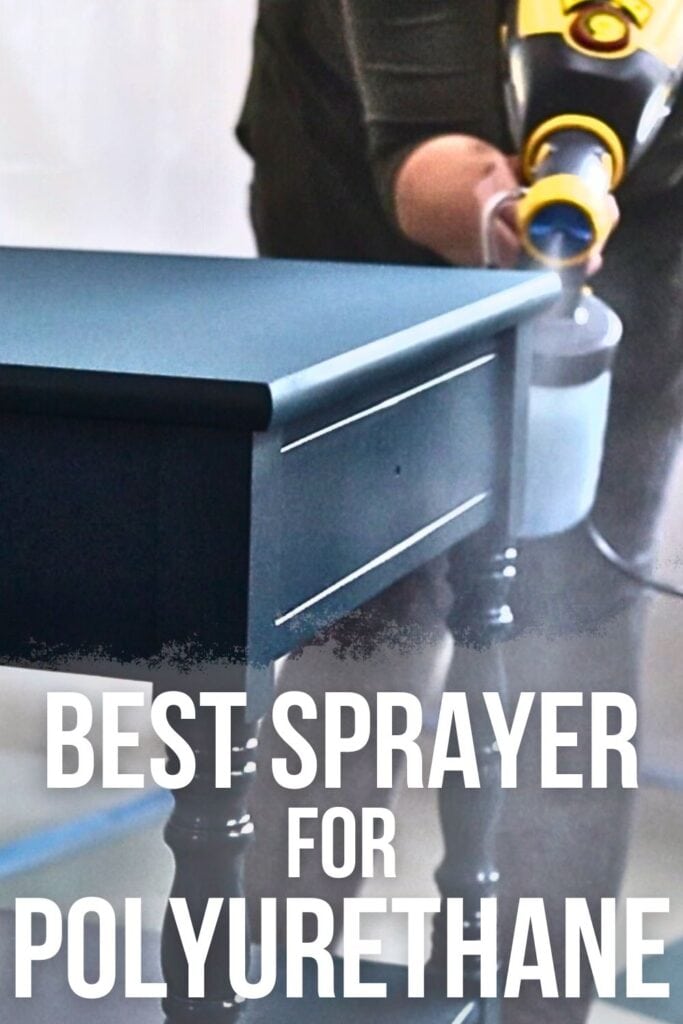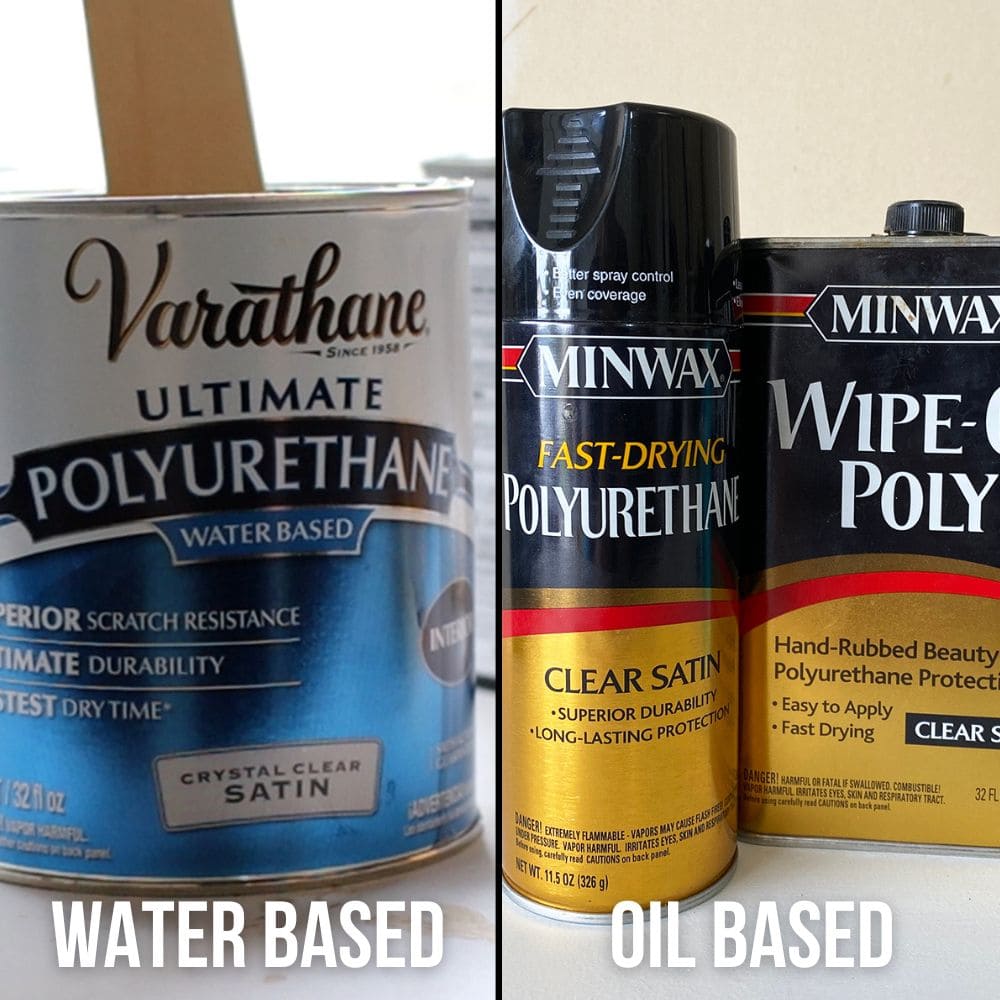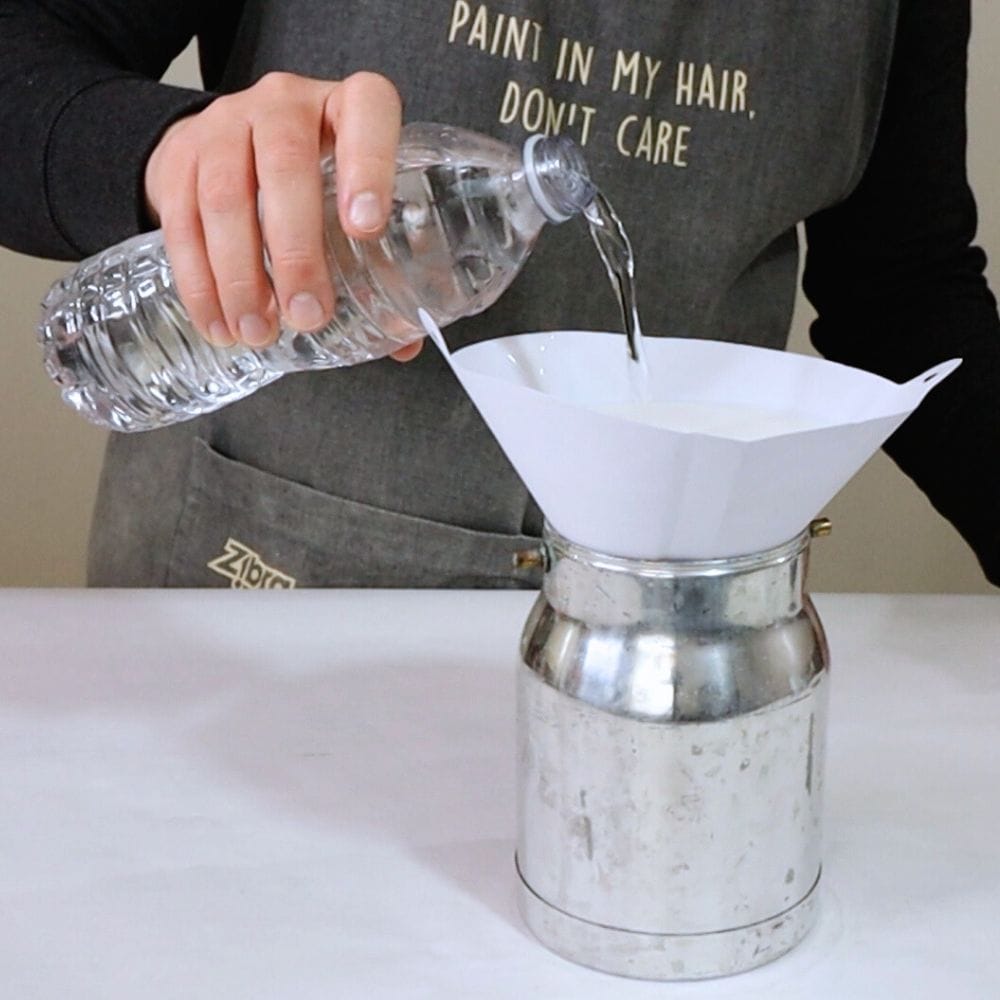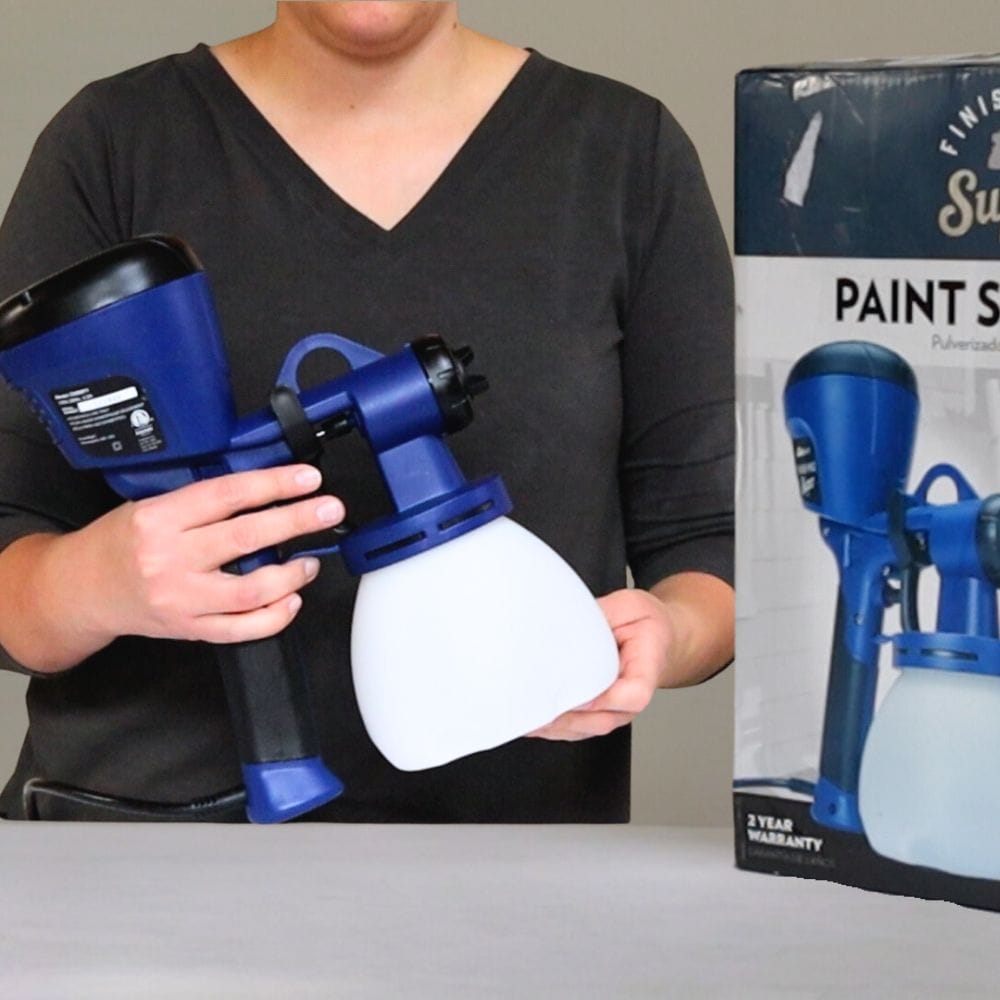Best Sprayer for Polyurethane
Are you looking for the best sprayer for polyurethane to use on your furniture? In this blog post, we will discuss how to use a paint sprayer on furniture for spraying polyurethane and we will also review some of the top paint sprayers for polyurethane to help you find the perfect one for your project.
Are you tired of spending hours applying polyurethane to your furniture by hand, only to end up with an uneven finish? If you want to get a professional finish and save time when applying polyurethane, then using a paint sprayer is the way to go!

Besides giving you a smoother and more even finish in less time, using a paint sprayer for applying polyurethane also makes it a breeze to cover large or intricate surfaces. You can say goodbye to brush marks and uneven coats!
If you’re unsure which type of polyurethane is best for your project, we will cover the differences between water-based and oil-based polyurethane, and include the steps on how to properly thin it for spraying.
We want you to have all the necessary information and techniques to successfully use a paint sprayer on furniture with polyurethane.
Spraying Polyurethane with a Paint Sprayer
Before diving into the world of paint sprayers, it’s important to know what polyurethane is and why it’s used on furniture.
Polyurethane is a topcoat that provides an extra layer of protection to painted furniture or wood surfaces. It helps to prevent scratches, dings, and other wear and tear on your furniture.

There are two types of polyurethane: water-based and oil-based. Water-based polyurethane is clear and dries quickly. On the other hand, oil-based polyurethane gives a warm amber hue to wood surfaces and takes longer to dry.
If you’re looking for recommendations on the best polyurethane for furniture, be sure to check out our blog post that covers the top options!
We also have a list of the best spray polyurethane if you don’t have a paint sprayer.
Depending on your preference and project needs, you can choose which one to use. Both water-based and oil-based can be used with a paint sprayer, but they require different thinning methods.
As an Amazon Associate, I earn from qualifying purchases. I also may earn from other qualifying purchases with other companies or get free product to review and use. All opinions are my own.
Thinning Polyurethane for Spraying
Before you can use your paint sprayer to apply polyurethane, it’s important to properly thin the product. This is so that it sprays evenly and smoothly onto your furniture.

For thinning water-based polyurethane, I recommend adding no more than 10% of water. This extends drying time for a smoother finish, plus spraying and cleaning up is a breeze! I haven’t tried it myself, but for thinning oil-based polyurethane, go for mineral spirits instead of water.
And don’t forget to clean the paint sprayer with mineral spirits when you’re done.
Water-based polyurethane is the best choice for painted furniture and indoor wood furniture. It’s super durable and easy to apply, and unlike oil-based polyurethane, it doesn’t have that overpowering scent, so you’ll have a more pleasant experience.
It’s also important to take proper safety measures when spraying polyurethane. Wear a respirator to protect your lungs from inhaling the fumes, and put on some safety glasses to shield your eyes from any overspray.
Best Paint Sprayer for Polyurethane
Now that we’ve covered the basics, let’s take a look at some of the top paint sprayers for polyurethane on the market.
Wagner Control Spray 250
The Wagner Control Spray 250 is a budget-friendly paint sprayer that works well with thinner products. If your product is thick, you’ll need to thin it with a viscosity cup to the run-out time of around 30 seconds.
To determine the run-out time, simply fill a viscosity cup with the product, lift it, and let it fully empty. Time how long it takes to empty – if it’s less than 25-40 seconds, it’s too thin. If it takes longer than 40 seconds, it’s too thick and the sprayer might not work as well.
Here’s our honest Wagner Control Spray 250 Review to get more information.
See our post on how to thin paint for a Wagner sprayer for the process on using a viscosity cup.
We’ve featured this sprayer on our list of the best cheap paint sprayers, check out this post to learn more.
This model is very similar to the Wagner Double Duty sprayer I have used for years. Wagner is actually discontinuing the Double Duty model, but they’re introducing the Control Spray 250 and the QX2 sprayer as its replacement. The QX2 is VERY similar and user-friendly.
Pros
- Budget-friendly
- User-friendly
- Works well with thinner products
Cons
- Requires thinning for thick products
HomeRight Finish Max
This sprayer is similar to the Wagner paint sprayer mentioned earlier. To get the best-looking finish, you’ll want to make sure you thin your product properly. This sprayer is also budget-friendly and great at handling thin products.

However, the only drawback I have with the HomeRight Finish Max is that cleaning it can be a bit challenging. The motor cannot be detached from the rest of the sprayer, making it difficult to clean in the sink without risking water damage to the motor.
If you’re curious how to clean Homeright paint sprayers, check out our easy-to-follow guide.
Alternatively, you can also consider another HomeRight sprayer. Here’s our honest Homeright Finish Max Paint Sprayer Review.
Check out how this sprayer compares in our Homeright Finish Max VS Super Finish Max blog post.
Pros
- Budget-friendly
- Great at handling thin products
- Has a brass tip, instead of plastic
Cons
- Challenging to clean
- Motor cannot be detached for cleaning
Vonforn Paint Sprayer
The Vonforn Paint Sprayer is another budget-friendly choice, and it is actually the most affordable one on this list!
It functions the same as the two previously discussed sprayers, but it boasts a larger container for holding your product and like the Homeright sprayer, features metal nozzles, which are way better than plastic ones.
Unlike the HomeRight sprayer, this particular sprayer can be easily taken apart from the motor for hassle-free cleaning, just like Wagner sprayers.
Pros
- Most affordable option
- Larger container for product
- Features brass nozzles for better quality
- Easy to disassemble and clean
Cons
- Requires thinning for thicker products
Wagner FLEXiO Paint Sprayers
Although they’re not the most budget-friendly option out there, the FLEXiO sprayers are incredibly versatile. You can effortlessly spray stain, polyurethane, and even thick paints with them. Whether it’s walls, fences, or furniture, this sprayer can handle it all.

It comes with two nozzles that are perfect for creating different finishes. Unlike other sprayers, you don’t need to bother with thinning out the polyurethane using a viscosity cup, but I do like to add 5-10% water for best results with water-based poly.
Simply put, this sprayer rocks at its job and delivers outstanding results.
Pros
- Versatile – can handle stain, polyurethane, and thick paints
- Comes with two nozzles for different finishes
- No thinning required
- Delivers outstanding results
Cons
- Not as budget-friendly compared to other options
Tips for Spraying Polyurethane
On top of using a high-quality paint sprayer and properly thinning the polyurethane, here’s how to get a professional-looking finish every time.
Make sure your workspace is clean and free of any debris. Cover surrounding furniture or items with plastic sheets to prevent overspray. And of course, make sure to wear the right safety gear like a respirator and safety glasses. Safety first, always!

Before you apply the spray on your project, give it a test on cardboard until you’re happy with the coverage and consistency. Spray on a thicker coat, but not too thick that it starts dripping. This way, the poly won’t dry too quickly, resulting in a smoother finish.
Remember to overlap the spray by 50% as you go back and forth with the sprayer for complete coverage, and hold your sprayer at the same distance to avoid any lines showing up after the poly dries.
Make sure to give each coat enough time to dry. You can check the instructions on your polyurethane product for the recommended drying times.
For spraying polyurethane, it’s really important to choose the right sprayer to save you time and effort.
Budget-friendly options like the Wagner Control Spray 250 or HomeRight Finish Max are great for thinner products, and the Vonforn Paint Sprayer is the most affordable option and has a larger container and brass nozzles.
For a versatile sprayer that can handle various products without thinning, the Wagner FLEXiO is a fantastic choice.
Whichever sprayer you choose, make sure to properly thin the polyurethane and test it before spraying your project. Remember to wear safety gear and follow proper spraying techniques for a professional-looking finish every time.
More Paint Sprayer Tips
- Best Electric Paint Sprayer
- Best HVLP Paint Sprayers For Furniture
- Paint Sprayer Reviews
- Best Paint Sprayer for Walls
- Best Paint Sprayer for Home Use
Follow us on YouTube to get more tips for painting furniture.
Or share your project with us on our Facebook Group and be part of our community. See you there!
